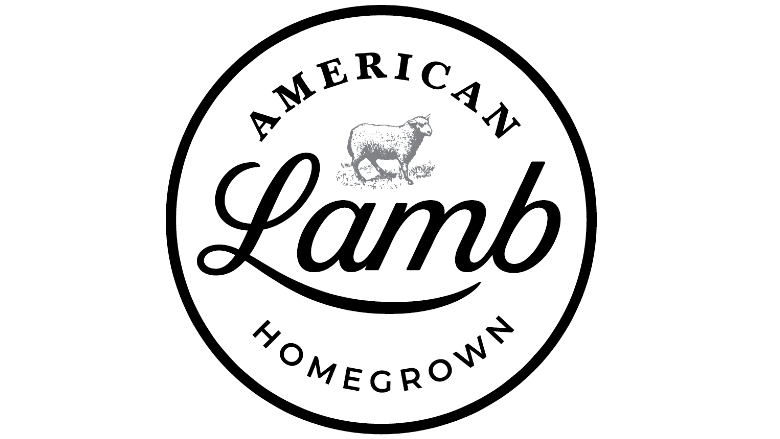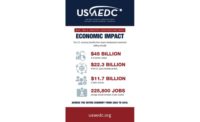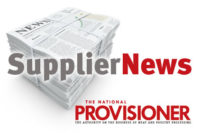New study shows effectiveness of Lamb Checkoff Program
Researchers attribute an increase in lamb consumption to ALB’s promotional efforts, which increased both consumption rates and retail prices.

Courtesy of the American Lamb Board
The American Lamb Checkoff Program has substantially increased the annual value of American lamb despite the modest funding available for promotion, according to the Texas A&M University 2024 report “Return on Investment in the American Lamb Checkoff Program” conducted by agricultural economists Dr. Gary Williams and Dr. Oral Capps Jr.
According to the study, lamb consumption increased by $1.17 billion to $1.31 billion. Researchers attributed the increase to ALB’s promotional efforts, which increased both lamb consumption rates and retail lamb prices. This “lift” resulted in an average annual growth of between $58.7 million and $62.4 million.
“The purpose of the Lamb Checkoff has been to increase demand for American Lamb,” said ALB Chairman Jeff Ebert. “The results of this study confirm that despite a small budget, ALB’s promotional efforts have successfully resulted in increased demand for lamb.”
In this study, researchers also found an increase in consumption value to be an impressive metric of program success, citing that checkoff expenditures amounted to only about 0.04% of the total value of consumption over that period. Compared to the value of lamb consumed annually, the Lamb Checkoff program spends extremely little on lamb promotion. For every $100 in retail revenue from lamb, only about $0.04 was spent to promote lamb consumption.
The study also examined the demand for lamb related to income and found that per capita income has “become a statistically significant driver for the demand for lamb.” This finding is important because it implies that more lamb is sold as the economy and consumer incomes grow. The study found that a 10% increase in income results in a 2.7% increase in the demand for lamb.
Regarding competitive meats, beef prices are the most significant driver influencing lamb demand. A 10% increase in the price of beef results in about a 6.8% increase in the demand for lamb. On a smaller scale, a 10% increase in the price of pork correlates to a 1.2% increase in the demand for lamb. There was no correlation related to poultry prices; therefore, the study indicates that consumers do not consider lamb a substitute meat for that market.
Another measure of the checkoff program contribution is the cost-to-benefit ratio. The Texas A&M study reported that the average return to industry stakeholders was approximately $16.60 for each promotional $1 invested. The study concluded that for every dollar in additional assessment not paid by stakeholders and thus not spent on lamb promotion, industry stakeholders lose an average of $16.60 in potential additional industry revenue.
The complete study is available at LambBoard.com.
Source: American Lamb Board
Looking for a reprint of this article?
From high-res PDFs to custom plaques, order your copy today!




